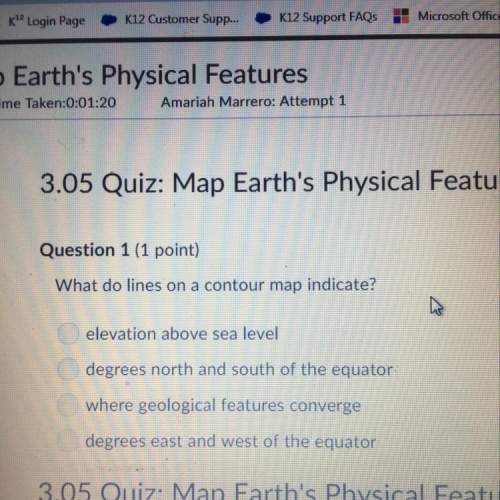
Chemistry, 22.06.2019 20:00, aksambo4707
Many free radicals combine to form molecules that do not contain any unpaired electrons. the driving force for the radical–radical combination reaction is the formation of a new electron‑pair bond. consider the chemical equation. n(g)+no(g)⟶nno(g) n(g)+no(g)⟶nno(g) write lewis formulas for the reactant and product species in the chemical equation. include nonbonding electrons. n(g)n(g) select draw rings more erase select draw rings more erase select draw rings more erase n no(g)

Answers: 1
Other questions on the subject: Chemistry



Chemistry, 22.06.2019 14:00, BrandyLeach01
How does the presence of oxygen affect the chemical pathways used to extract energy from glucose?
Answers: 3

Do you know the correct answer?
Many free radicals combine to form molecules that do not contain any unpaired electrons. the driving...
Questions in other subjects:


Mathematics, 14.08.2020 19:01

History, 14.08.2020 19:01

Physics, 14.08.2020 19:01



Social Studies, 14.08.2020 20:01

Computers and Technology, 14.08.2020 20:01


Mathematics, 14.08.2020 20:01







